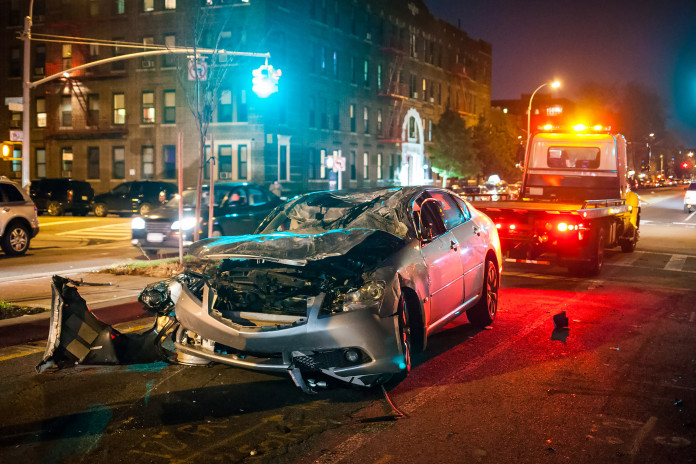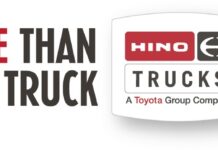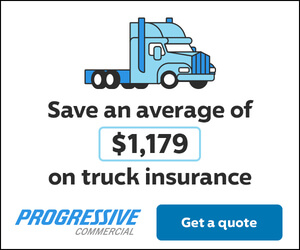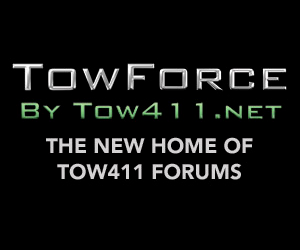We all like good surprises, like at your birthday or graduation, or surprising your family with a vacation trip. There are other surprises that we don’t like and have adverse reactions to – especially those involving work, our companies, and our personnel. Surprises like an IRS audit, DOT audit, or other – only the surprises I’ll talk about here are much worse than those.
This article is about three surprises, all involved in one case that I’m working on. Of course, I’ll leave out the names and locations, companies and makes of trucks, but I think you’ll get the gist of what I’m talking about here.
One fall/early winter evening last year, a team of drivers operating a crew cab dually pickup pulling a 40-foot flatbed trailer, in standard “hotshot” configuration, was travelling on a Midwest freeway. They had two sea containers on the trailer. Their truck began to stall and then shut down, so they pulled to the shoulder – in that area, the shoulder wasn’t as wide as most shoulders are – but they got mostly off the interstate. The two men activated their hazard flashers and walked behind the truck and trailer to put out their safety triangles.
It happened to be in a construction zone, and “trucks” were directed to be in the left lane through the zone. A semi-truck was being operated in the right lane, and the driver wasn’t concentrating on driving. The driver veered off the road onto the shoulder and hit the men before hitting the hotshot trailer. One man’s legs were severed instantly, and the other man was thrown about 150 feet and broke many bones. Neither man will be able to work again in their previous capacity. The semi driver was also injured.
No one died, but still a horrendous accident and three lives were changed forever.
I was retained by the attorney suing the semi-truck company on behalf of the hotshot drivers, to explain to the judge and jury the rules and violations the tractor-trailer driver failed to obey.
The first surprise that no company owner or manager wants to get is the trove of documents I requested – the attorney I’m working with has sent a subpoena for the items:
- The entire driver qualification file on driver, including HireRight report, CSA report, PSP screening, MVR, actual application (IntelliApp).
- Driver’s long form DOT physical – I’ll pay specific attention to blood pressure, sleep apnea, sleep study documentation, CPAP usage percentage/compliance, vision, hearing, body weight, heart rate, and other physical attributes/conditions.
- Driver’s license status and corrective lenses restriction. Was he wearing glasses at the time?
- Pre-employment Road test with examiner’s notes.
Questions to be answered from examining the files:
- What action did the company take against their driver?
- Was it ruled a preventable vs non-preventable accident by the company?
- Was the driver a recent trucking school graduate?
- What was his training status?
- How long had he been a solo driver for the company?
- How long pulling that type of trailer (reefer)?
- Total years as a CDL driver?
- ** And a big one, knowing how this company operates, as well as their customer base:
- What was the status of the driver and the load…was he pushed by his dispatch? Was he running unusual times? Did he sit for a long time and then have to drive at night? (Typical practice, especially with major food producers, fatigues drivers badly)
- Vehicle maintenance records on the semi-truck and trailer – reported mechanical issues versus items repaired, especially steering issues, tires, pulling to one side or another, as reported.
- All communications from the company to the driver via PeopleNet or Qualcomm, text, phone calls, or written instructions for the month prior to the crash.
Dash cam for one week preceding the crash. - ** Collision avoidance and lane control system reports on the truck for the week prior to the crash. Also, the safety department’s response and actions involving this information.
- Company safety policies concerning breakdowns and emergency parking.
- Company safety policies on following distance, lane control, and advance distance control.
- Recording of safety presentation for driver orientation.
And the big one:
- Truck driver’s cellphone records, including texts and calls at or near the time of the crash. This includes all social media account, including by not limited to Facebook, LinkedIn, Instagram, Twitter, and the phone’s internet search history. This history will be compared to the movement times of the truck, and it will easily be determined if the driver was chatting on Twitter, watching a funny video a buddy posted on Facebook, or searching for “naughty cheerleaders” on some porn site. It’s all now going to be brought into evidence and made a matter of public record.
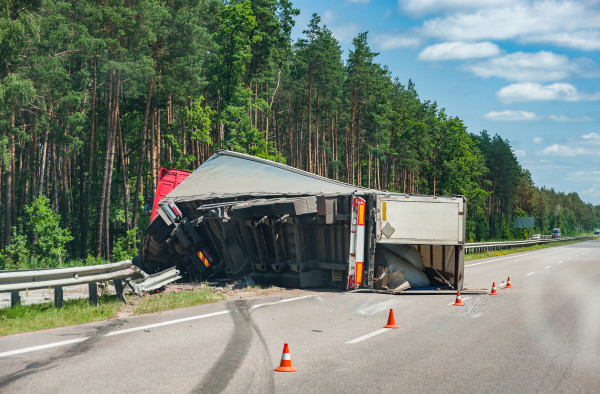
Can you imagine being the company owner, safety director, VP for operations, and the controller and getting that subpoena? After a crash like this, you must know this is coming, but it may not fully hit you until you see it all in writing.
Can you imagine being this driver, and having their cellphone records pulled? What would your records show? Have you been surprised in traffic when handling your phone? Have you watched a quick video because it was less than a minute long – while driving?
The second surprise that no one wants is when you find out about the drivers of the hotshot truck. Some company owner was sitting at home, presumedly thinking that everyone was running their loads all clean and pretty – after all, the owner had hired the services of a compliance company, only to find out after the trucking company countersued your drivers, that:
- Both drivers were operating on expired CDLs.
- Both drivers had expired medical cards.
- Both drivers had logged over 100 hours in 7 days, when the rule is 70 hours in 8 days.
- Both drivers logged sleeper berth time, despite not having the truck converted for sleeper berth usage.
** And the big one:
- Both drivers were under the influence of a controlled substance. By the way, the compliance company had never set up initial/pre-employment testing or a random drug testing consortium for the drivers to belong to and participate in. The “under the influence issue” was determined when both drivers were blood tested after the crash, since it was certainly a DOT-reportable event.
The last surprise I’ll discuss was mine. I charged head-first into this case, starting to make notes and construct my report. I found out about the multiple significant issues with the hotshot drivers over two months after being retained on the case, and only when I read the countersuit complaint. Think for a moment the position I’ve now been put in, given this additional information – that I wasn’t given,of course, in the pre-retainer interview.
Now – you can prevent being surprised like the people in the first two scenarios by operating cleanly, never assuming things are managed, and only putting people on the road when you’re 100% sure that they’re compliant with all FMCSA/DOT requirements.
I can make sure I’m never surprised again like this by changing my initial expert witness agreement and ensuring penalties are in place in case I’m ever “sandbagged” again. Live and learn, right?

